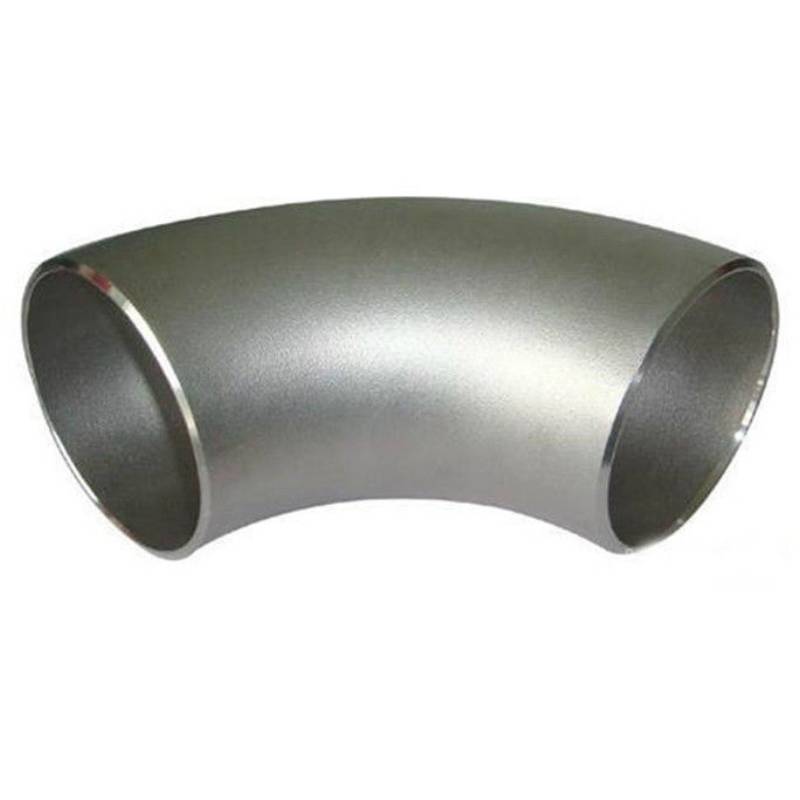-
Cangzhou Yulong Steel Co., Ltd.
-
Phone:
+86 13303177267 -
Email:
admin@ylsteelfittings.com
- English
- Arabic
- Italian
- Spanish
- Portuguese
- German
- kazakh
- Persian
- Greek
- French
- Russian
- Polish
- Thai
- Indonesian
- Vietnamese
- Zulu
- Korean
- Uzbek
- Hindi
- Serbian
- Malay
- Ukrainian
- Gujarati
- Haitian Creole
- hausa
- hawaiian
- Hebrew
- Miao
- Hungarian
- Icelandic
- igbo
- irish
- Japanese
- Javanese
- Kannada
- Khmer
- Rwandese
- Afrikaans
- Albanian
- Amharic
- Armenian
- Azerbaijani
- Basque
- Belarusian
- Bengali
- Bosnian
- Bulgarian
- Catalan
- Cebuano
- China
- China (Taiwan)
- Corsican
- Croatian
- Czech
- Danish
- Esperanto
- Estonian
- Finnish
- Frisian
- Galician
- Georgian
- Kurdish
- Kyrgyz
- Lao
- Latin
- Latvian
- Lithuanian
- Luxembourgish
- Macedonian
- Malgashi
- Malayalam
- Maltese
- Maori
- Marathi
- Mongolian
- Myanmar
- Nepali
- Norwegian
- Norwegian
- Occitan
- Pashto
- Dutch
- Punjabi
- Romanian
- Samoan
- Scottish Gaelic
- Sesotho
- Shona
- Sindhi
- Sinhala
- Slovak
- Slovenian
- Somali
- Sundanese
- Swahili
- Swedish
- Tagalog
- Tajik
- Tamil
- Tatar
- Telugu
- Turkish
- Turkmen
- Urdu
- Uighur
- Welsh
- Bantu
- Yiddish
- Yoruba

Oct . 30, 2024 20:34 Back to list
en1092 flange
Understanding EN 1092 Flanges A Comprehensive Overview
Flanges are crucial components in piping systems, used to connect pipes, valves, and other equipment. Among various standards, EN 1092 flanges are widely recognized in Europe for their reliability, quality, and performance in various industrial applications. The EN 1092 standard specifies the requirements for circular flanges made of steel and is frequently used in industries such as oil and gas, water treatment, and power generation.
Understanding EN 1092 Flanges A Comprehensive Overview
Flanges under this standard are classified into different types based on their design, such as flat face flanges, raised face flanges, and ring-type joint flanges. Each type has specific applications and benefits. For instance, flat face flanges are typically used in applications where the connection needs to be flush with the surface of the mating part, providing a good seal in lower-pressure environments. On the other hand, raised face flanges are more common in high-pressure applications, offering increased strength and better sealing capabilities.
en1092 flange

Materials used in the fabrication of EN 1092 flanges are also specified under the standard. Common materials include carbon steel, stainless steel, and alloy steel, each selected based on the environmental conditions and the type of fluid being transported. For example, stainless steel flanges are excellent for corrosive environments, while carbon steel flanges are often sufficient for standard applications.
In addition to material selection, the EN 1092 standard outlines various pressure ratings that correspond with flange dimensions. These ratings ensure safe operation under specific conditions and are crucial for preventing leaks and structural failures in piping systems. Users must select the appropriate flange size and pressure rating to ensure compatibility with their system’s requirements.
Quality assurance is another essential aspect of the EN 1092 standard. Flanges must undergo rigorous testing procedures to verify their strength and integrity. Common tests include hydrostatic tests, where flanges are pressurized with water, and visual inspections to identify any possible manufacturing defects. These quality checks provide users with confidence in the reliability and safety of their piping systems.
In conclusion, EN 1092 flanges are vital components in various industrial applications, providing secure and efficient connections in piping systems. Understanding the specifications, materials, and types of flanges covered by this standard can help engineers and procurement specialists make informed decisions, ultimately contributing to the efficiency and safety of their operations. As industries continue to evolve, the importance of adhering to such standards remains paramount in ensuring quality and reliability in piping systems.
Latest news
-
ANSI 150P SS304 SO FLANGE
NewsFeb.14,2025
-
ASTM A333GR6 STEEL PIPE
NewsJan.20,2025
-
ANSI B16.5 WELDING NECK FLANGE
NewsJan.15,2026
-
ANSI B16.5 SLIP-ON FLANGE
NewsApr.19,2024
-
SABS 1123 FLANGE
NewsJan.15,2025
-
DIN86044 PLATE FLANGE
NewsApr.19,2024
-
DIN2527 BLIND FLANGE
NewsApr.12,2024
-
JIS B2311 Butt-Welding Fittings LR/SR 45°/90° /180°Seamless/Weld
NewsApr.23,2024











